Introduction
I had my ’87 911 re-sprayed a few years back. Most of the car wore original paint, had some significant fading in areas and tons of road rash. I had been planning on a full re-spray for several years and finally pulled the trigger. I’m so happy that I did. It looks fantastic. But it was quite expensive, so I wanted to protect that investment as much as possible; it’s a driver after all and will continue to be exposed to the elements form time to time as well as highway road funk. So I decided to have a high-quality PPF installed as well as a Ceramic Coating.
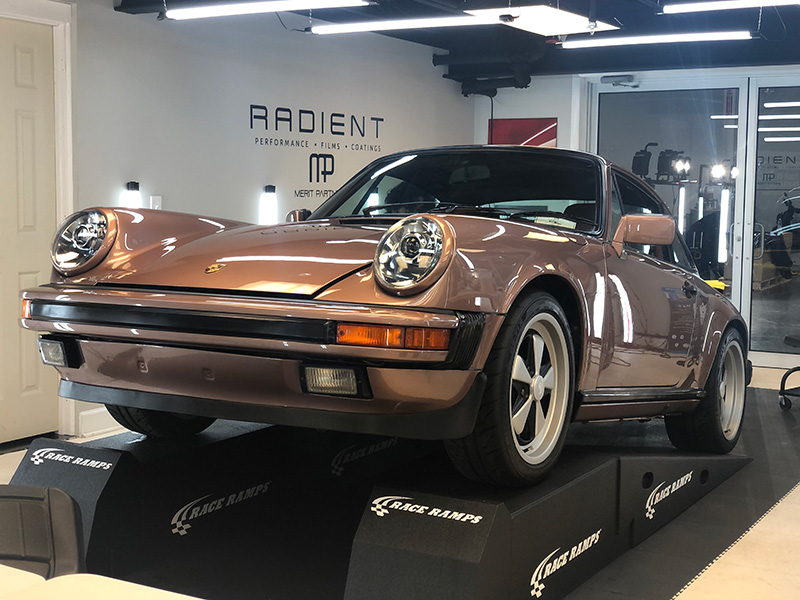
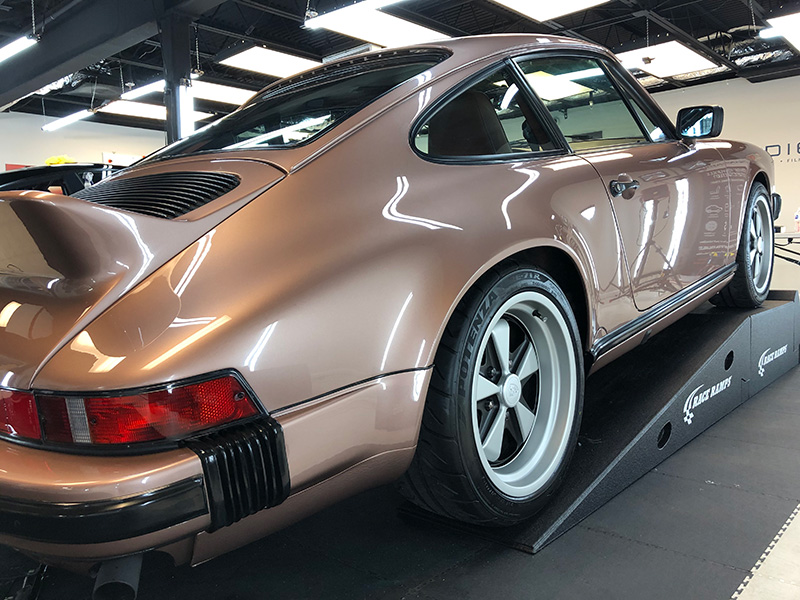
I had the entire front clip of the car wrapped in a clear PPF. I wasn’t cheap (I think I paid about $1500 for the PPF alone) but it turned out great. You really have to look for the edges of the PPF to see it and it really does protect the paint from rock chips, bugs, harsh elements and the like. I’m very glad I had this done to my 911.
The right protection really can keep a paint job looking fresh and also increase the value of any vehicle if it’s a high-quality film. I hope this post gives you some insight on whether or not it’s right for you and your car.
What is Paint Protection Film
Paint protection film (PPF), also called clear bras, are clear or colored urethane films that are applied to the painted surfaces of a car in order to protect them from scratches, weathering, and other types of damage. Paint protection films were originally developed for use on military aircraft, but they have become increasingly popular for use on civilian vehicles in recent years. There are many different brands and types of paint protection film available on the market, and the thicknesses of the film can vary from 2 to 10 mils (thousandths of an inch). The film is designed to protect the paint from scratches, weather damage, and other wear and tear. While paint protection films can be beneficial in many ways, there are also some potential drawbacks to consider before using them on your car.
Pros of Paint Protection Film on Cars
There are both pros and cons to using paint protection film on a car. On the positive side, paint protection film can extend the life of a car’s paint job by protecting it from scratches, chips, and stains. The film is also very durable and can last for several years with proper care.
Helps Protect Your Paint
Paint protection film can help to protect your car’s paint from scratches, dirt, and other types of damage. Fresh paint and a wax shine makes your car look luxurious. However, as time goes by it fades away to show the true nature of its contents: aging metal with dust particles stuck on like glue! You need frequent washes or protectants in order for you vehicle’s luster not be dulled too much- but there is an easier way than just washing every few weeks at minimum recommended frequency because we’ve got films that repell dirt while keeping all other grime off – reducing maintenance times significantly if applied correctly from start so don’t forget about these benefits when choosing what kind of paint job you’ll get for your car!
PPF is Easy to Install
Paint protection film is relatively easy to install and does not require professional installation. The film comes in rolls of various widths and lengths, so it can be cut to fit any size vehicle. Most paint protection films come with an adhesive backing that makes it easy to apply to the vehicle’s surface.
You Can Choose A Variety of Colors
Paint protection film is available in a variety of colors and can be customized to match your car’s paint color. You can also choose from a variety of finishes, such as matte or glossy.
It’s Durable and Long-Lasting
Paint protection film is very durable and can last for several years with proper care. The film helps protect your car’s paint from scratches, weathering, and other damage.
It’s Resistant to Stains and Chemicals
Paint protection film is resistant to stains and chemicals, making it easy to keep your car’s paint looking new. The film can be cleaned with soap and water or a mild detergent.
Won’t Damage Car Paint Once Removed
Paint protection film can be removed without damaging your car’s paint. The film is applied using a low-tack adhesive, so it can be removed without leaving any residue.
Cons of Paint Protection Films in Cars
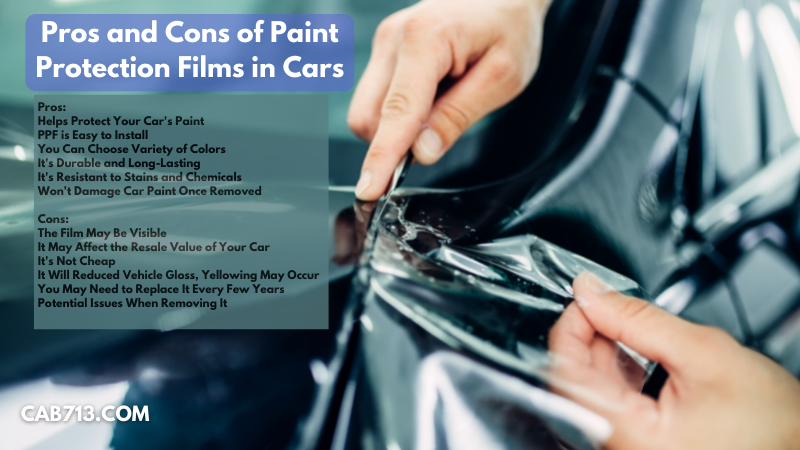
Although paint protection films offer many benefits, there are some potential drawbacks to consider. On the downside, paint protection film can be costly to install, and it may affect the resale value of a car if it is not removed before the car is sold. Paint protection film can also be difficult to remove once it has been installed, so it is important to make sure that you are happy with its appearance before you commit to using it.
The Film May Be Visible
One potential drawback of paint protection film is that it may be visible on your car’s surface. The film is typically clear, but it can have a slight tint. If you don’t like the look of the film, you can remove it, but it may leave behind a sticky residue.
It May Affect the Resale Value of Your Car
Another potential disadvantage of paint protection film is that it may affect the resale value of your car. If you plan to sell your car in the future, you may want to avoid using an inexpensive paint protection film. Some prospective buyers may not like the look of the film and may be willing to pay less for your car because of it.
Good Quality PPF is Not Cheap
A high-quality Paint protection film is not a cheap investment. The cost of the film and installation can range from $500 to $3,000, depending on the size of your car and the quality of the film.
It Might Reduced Vehicle Gloss & Yellowing May Occur
Paint protection films will reduce the gloss and shine of your vehicle’s paint job because it is a physical barrier between the paint and the elements. Over time, the film may also yellow due to exposure to UV rays.
You May Need to Replace It Every Few Years
Even if you take good care of your car, the paint protection film may eventually need to be replaced. A lower quality film will lose its effectiveness over time and could start to discolor.
Potential Issues When Removing It
If you decide to remove the paint protection film from your car, you may find that it leaves behind a sticky residue. A good quality film adhesive should easily be removed with the right tools and solution though.
Conclusion
Paint protection film can be a great way to protect your car’s paint from scratches and weather damage. However, there are some potential disadvantages to using the film, such as the film being visible on your car’s surface and potentially affecting the resale value in a negative way if it yellows over time. You’ll need to weigh the pros and cons of using a paint protection film before deciding if it’s right for you.

I’ve been a working drummer for 35+ years now and have lots of experience (good and bad) with lots of different gear. I’ll be writing how-to articles, comparison guides, FAQs, etc.., on topics ranging from acoustic drums, hardware, cymbals and accessories. I plan to post some fun video as well! I hope you’ll find this website useful in your quest for drumming knowledge:)

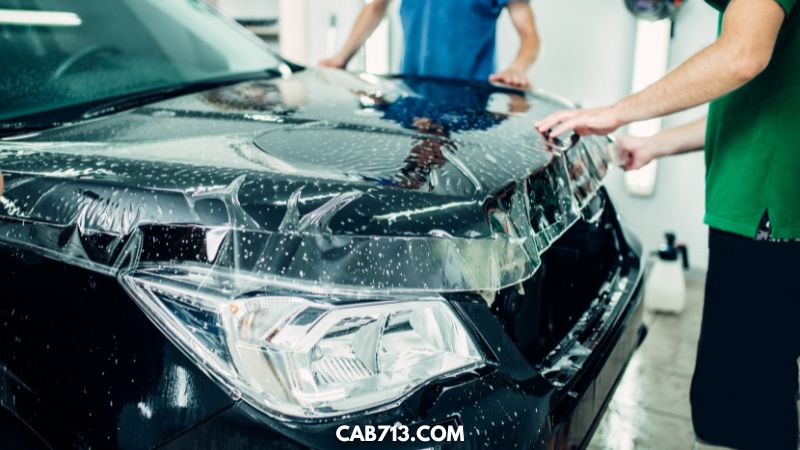



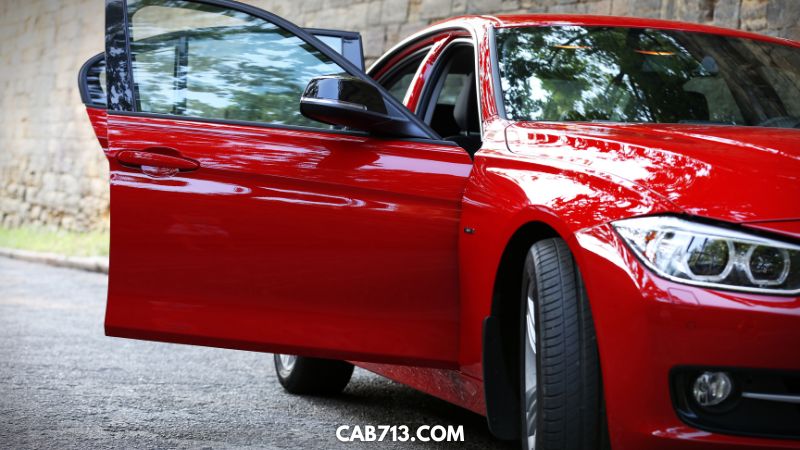
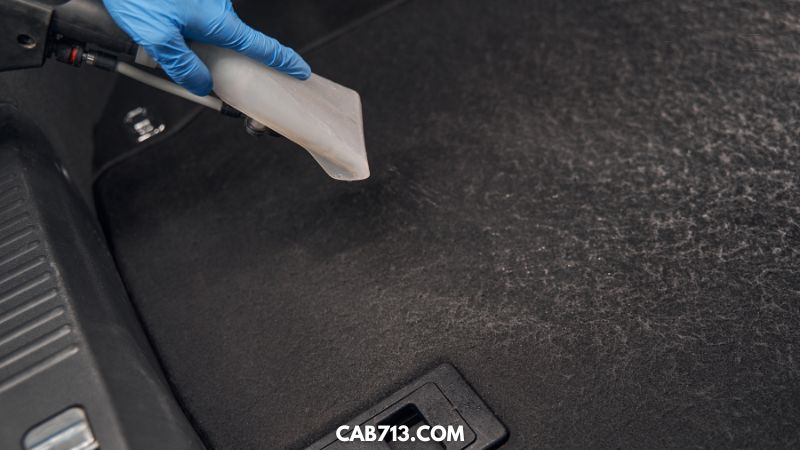
I highly recommend a ceramic coat on a new paint job. It greatly increases the life of the paint, overall shine, etc…